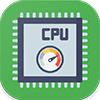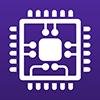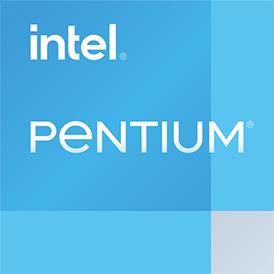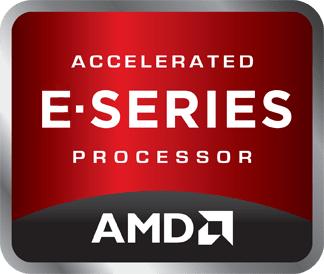 Geekbench 3, 64bit (Multi-Core)
Geekbench 3, 64bit (Multi-Core)
|
|
Intel Pentium N3700
4C 4T @ 1.6 GHz
|
3386
|
|
|
AMD E-300
2C 2T @ 1.3 GHz
|
877
|
 Estimated results for PassMark CPU Mark
Estimated results for PassMark CPU Mark
|
|
Intel Pentium N3700
4C 4T @ 1.6 GHz
|
1248
|
|
|
AMD E-300
2C 2T @ 1.3 GHz
|
627
|
 Geekbench 3, 64bit (Single-Core)
Geekbench 3, 64bit (Single-Core)
|
|
Intel Pentium N3700
4C 4T @ 1.6 GHz
|
1010
|
|
|
AMD E-300
2C 2T @ 1.3 GHz
|
489
|
 Geekbench 5, 64bit (Multi-Core)
Geekbench 5, 64bit (Multi-Core)
|
|
Intel Pentium N3700
4C 4T @ 1.6 GHz
|
770
|
|
|
AMD E-300
2C 2T @ 1.3 GHz
|
189
|
 CPU-Z Benchmark 17 (Multi-Core)
CPU-Z Benchmark 17 (Multi-Core)
|
|
Intel Pentium N3700
4C 4T @ 1.6 GHz
|
341
|
|
|
AMD E-300
2C 2T @ 1.3 GHz
|
78
|
 Geekbench 5, 64bit (Single-Core)
Geekbench 5, 64bit (Single-Core)
|
|
Intel Pentium N3700
4C 4T @ 1.6 GHz
|
229
|
|
|
AMD E-300
2C 2T @ 1.3 GHz
|
106
|
 iGPU - FP32 Performance (Single-precision GFLOPS)
iGPU - FP32 Performance (Single-precision GFLOPS)
|
|
Intel Pentium N3700
4C 4T @ 1.6 GHz
|
179
|
|
|
AMD E-300
2C 2T @ 1.3 GHz
|
79
|
 Cinebench R11.5, 64bit (Multi-Core)
Cinebench R11.5, 64bit (Multi-Core)
|
|
Intel Pentium N3700
4C 4T @ 1.6 GHz
|
1.8
|
|
|
AMD E-300
2C 2T @ 1.3 GHz
|
0.5
|
 Cinebench R11.5, 64bit (Single-Core)
Cinebench R11.5, 64bit (Single-Core)
|
|
Intel Pentium N3700
4C 4T @ 1.6 GHz
|
0.5
|
|
|
AMD E-300
2C 2T @ 1.3 GHz
|
0.3
|

